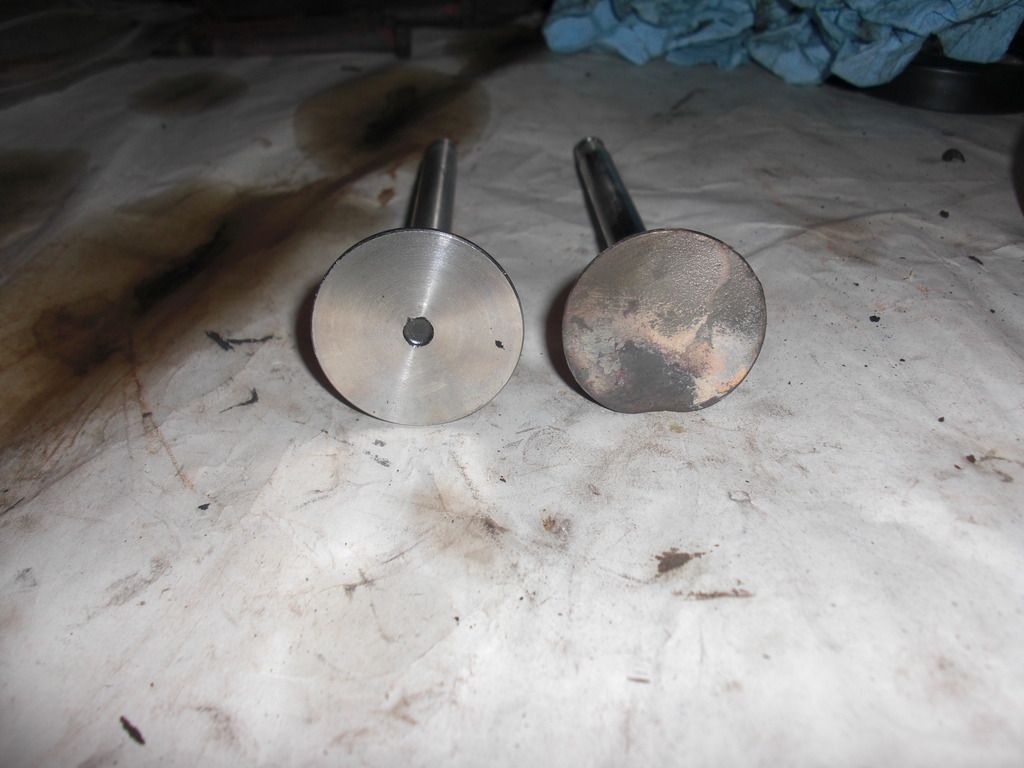Dave3066
Well-Known Member
Folks
As the title suggests, I'm having a bit of a 'mare with exhaust valves on my good lady. You may recall back in February I posted that she had burnt out a valve on No 4 cylinder, 40k miles after doing the same on No 2 cylinder. Well, 4 months and just shy of 6,ooo miles later she's done it again! Same cylinder, same damage in the same place.
This is the exhaust valve
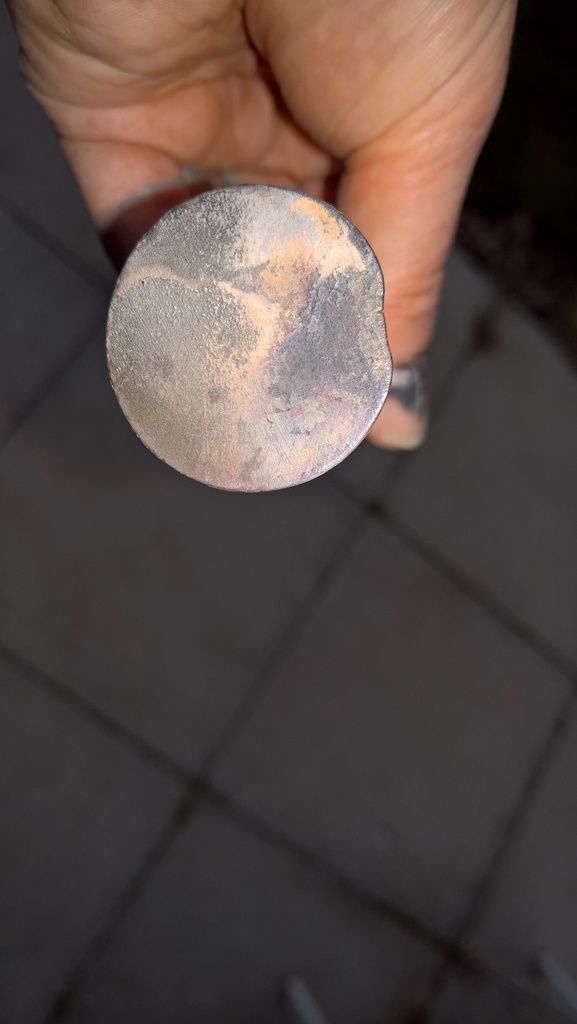
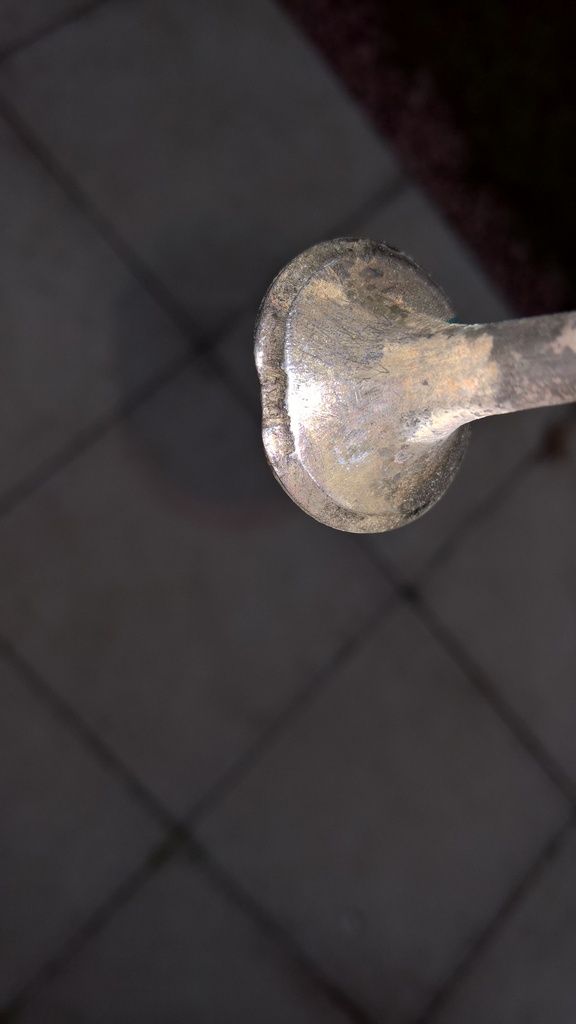
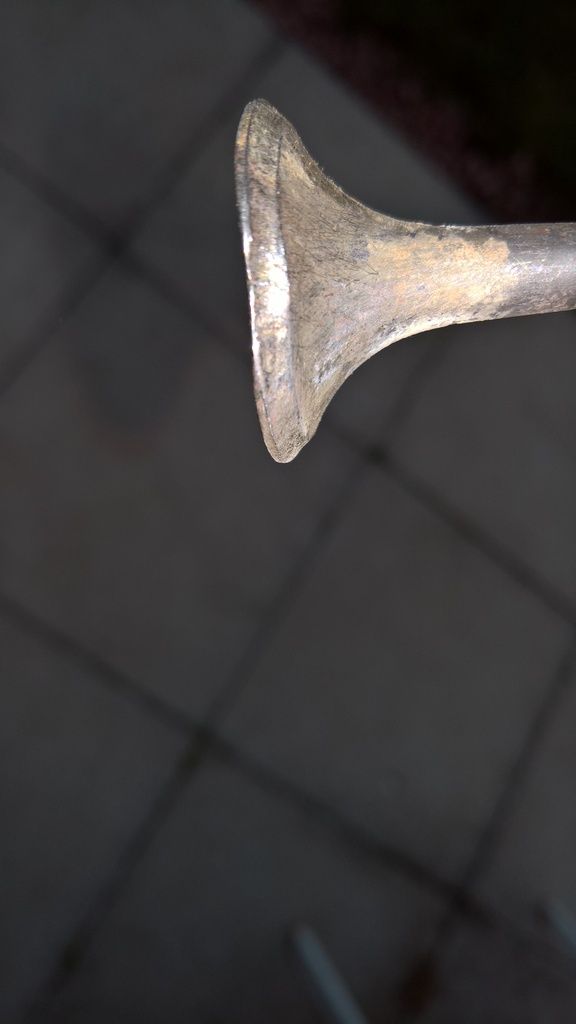
This is the previous valve
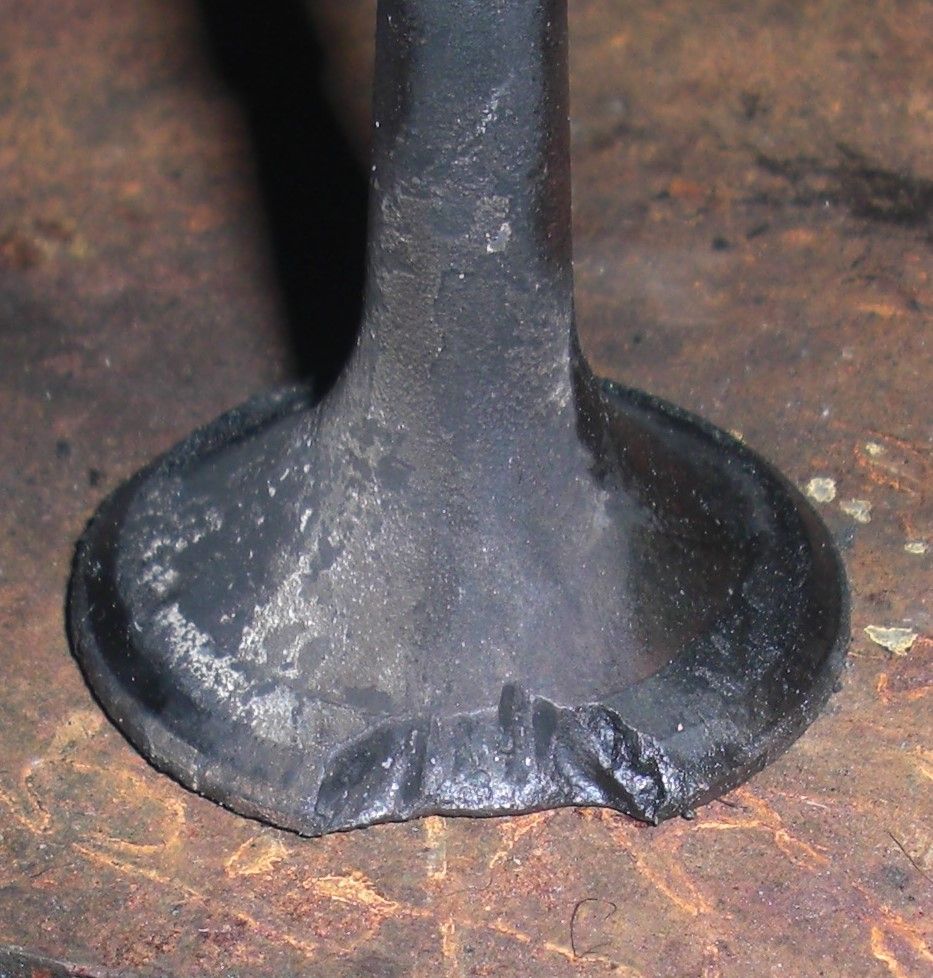
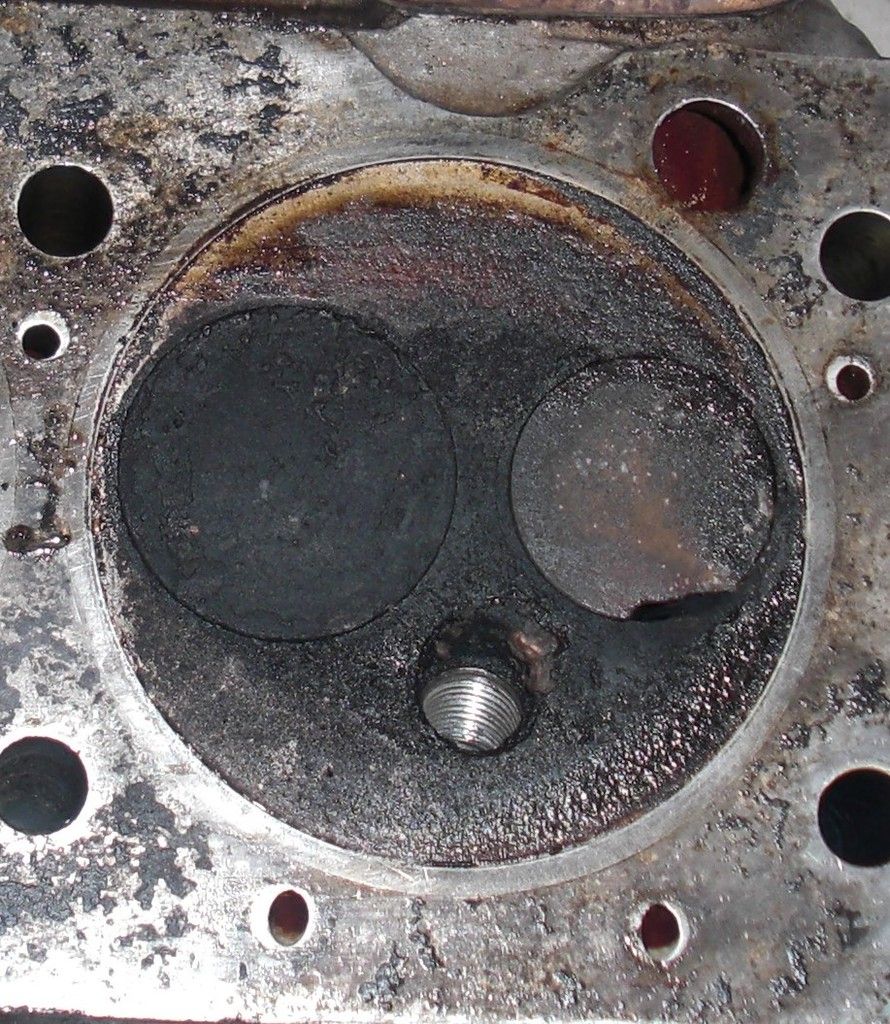
Look familiar? The damage is in pretty much the same place and has a similar "nibbled" look to it. There's no sign of anything fouling at the top of the cylinder and this position corresponds roughly with one of the gaps in the piston crown. There's a bit of carbon deposit build up on the edge of the cylinder, but surely the valve material would not be mechanically affected by this?
In terms of my driving style etc I don't hammer the car very often. The engine never gets too hot either and that valve was brand new when fitted to a reconditioned head. I can't have this happening every 5k miles so I'm open to opinions on what might be happening here. Some have said I should try to source some TC valves, but I've tried and can't find any out there. I did manage to source a good used set of valves but it turned out that the exhaust valves were too big (2200 perhaps), so that kinda annoyed me when I went to fit one. Hey ho, that's eBay for you.
Dave
As the title suggests, I'm having a bit of a 'mare with exhaust valves on my good lady. You may recall back in February I posted that she had burnt out a valve on No 4 cylinder, 40k miles after doing the same on No 2 cylinder. Well, 4 months and just shy of 6,ooo miles later she's done it again! Same cylinder, same damage in the same place.
This is the exhaust valve



This is the previous valve


Look familiar? The damage is in pretty much the same place and has a similar "nibbled" look to it. There's no sign of anything fouling at the top of the cylinder and this position corresponds roughly with one of the gaps in the piston crown. There's a bit of carbon deposit build up on the edge of the cylinder, but surely the valve material would not be mechanically affected by this?
In terms of my driving style etc I don't hammer the car very often. The engine never gets too hot either and that valve was brand new when fitted to a reconditioned head. I can't have this happening every 5k miles so I'm open to opinions on what might be happening here. Some have said I should try to source some TC valves, but I've tried and can't find any out there. I did manage to source a good used set of valves but it turned out that the exhaust valves were too big (2200 perhaps), so that kinda annoyed me when I went to fit one. Hey ho, that's eBay for you.
Dave


